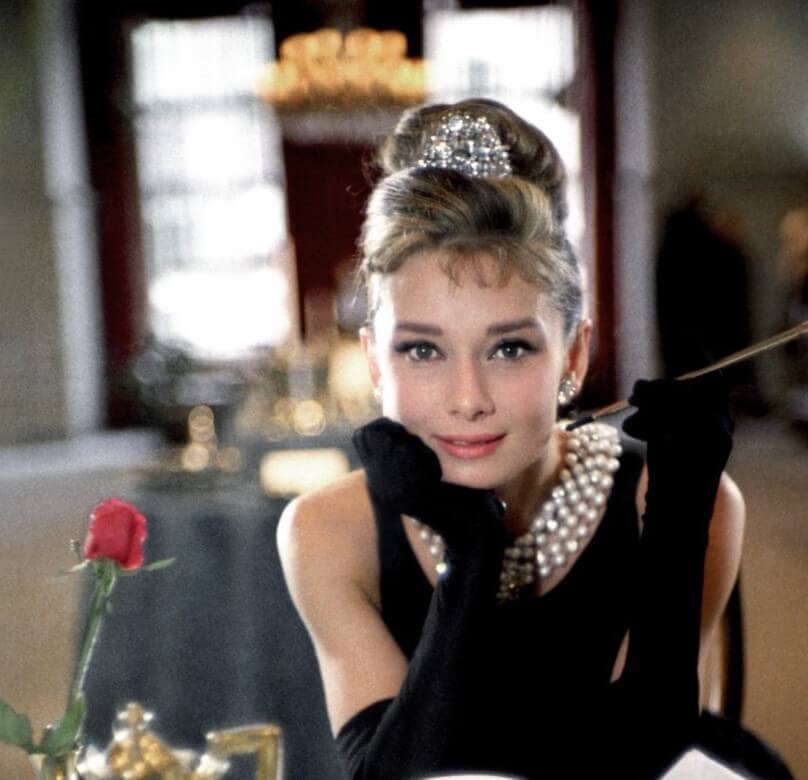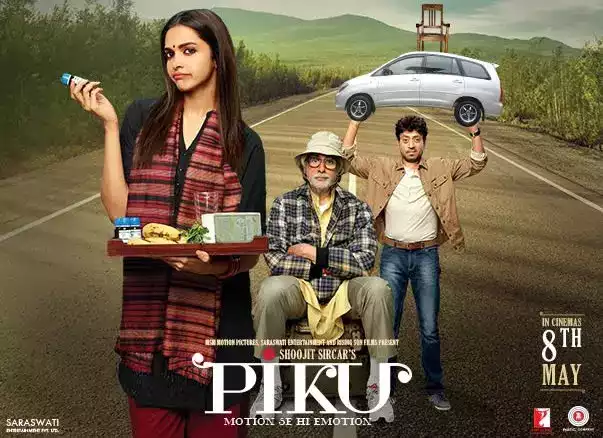Introduction:
Sophia Loren, born Sofia Villani Scicolone on September 20, 1934, in Rome, Italy, is one of the most celebrated actresses in the history of cinema. With her striking beauty, undeniable talent, and magnetic screen presence, Loren rose from humble beginnings to become a global icon of beauty and sophistication. Throughout her illustrious career, she captivated audiences with her memorable performances, earning critical acclaim and numerous accolades along the way. In this extensive exploration, we delve into the life, career, and enduring legacy of Sophia Loren, tracing her journey from Italy to international stardom.
Early Life and Career Beginnings:
Sophia Loren was born into poverty in the Ponte neighborhood of Rome, Italy, during a tumultuous period marked by economic hardship and political instability. Raised by her single mother, Loren endured a challenging childhood, but her innate talent and determination soon set her on a path to success.
At the age of 14, Loren entered a beauty pageant, where she caught the eye of film producer Carlo Ponti. Recognizing her potential, Ponti offered to mentor her and help launch her acting career. Loren made her film debut in 1950 with a small role in the Italian film “Quo Vadis, Baby?,” but it was her performance in Vittorio De Sica’s “The Gold of Naples” (1954) that garnered attention and established her as a rising star.
Rise to International Stardom:
In the late 1950s, Sophia Loren’s star began to ascend on the international stage, thanks to a series of acclaimed performances in both Italian and Hollywood productions. Her breakout role came in 1957 with “The Pride and the Passion,” opposite Cary Grant and Frank Sinatra, which catapulted her to international fame and earned her widespread acclaim.
Loren’s talent and versatility were further showcased in films such as “Houseboat” (1958), “It Started in Naples” (1960), and “Two Women” (1960), the latter of which earned her the Academy Award for Best Actress, making her the first actor to win an Oscar for a foreign-language performance.
Throughout the 1960s, Sophia Loren solidified her status as an international superstar with a string of successful films and collaborations with acclaimed directors such as De Sica, Marcello Mastroianni, and Charlie Chaplin. Her magnetic screen presence, combined with her sultry beauty and undeniable charisma, made her a favorite among audiences and critics alike.
Later Career and Legacy:
In the decades that followed, Sophia Loren continued to work prolifically in film and television, earning numerous awards and accolades for her performances. Despite the challenges of aging in an industry obsessed with youth and beauty, Loren remained a revered and respected figure, admired for her talent, grace, and enduring beauty.
Beyond her achievements on screen, Loren’s legacy extends to her advocacy work and philanthropic endeavors. Throughout her life, she has been a passionate advocate for causes such as children’s rights, animal welfare, and environmental conservation, using her platform to make a positive impact on the world.
In conclusion, Sophia Loren’s journey from humble beginnings in Italy to international stardom is a testament to her talent, resilience, and indomitable spirit. With her unparalleled beauty, formidable talent, and unwavering determination, she transcended cultural barriers and captivated audiences around the world, leaving an indelible mark on the history of cinema. As we celebrate her life and legacy, we honor Sophia Loren as a true icon of beauty, grace, and cinematic excellence, whose legacy will continue to inspire and enchant audiences for generations to come.









